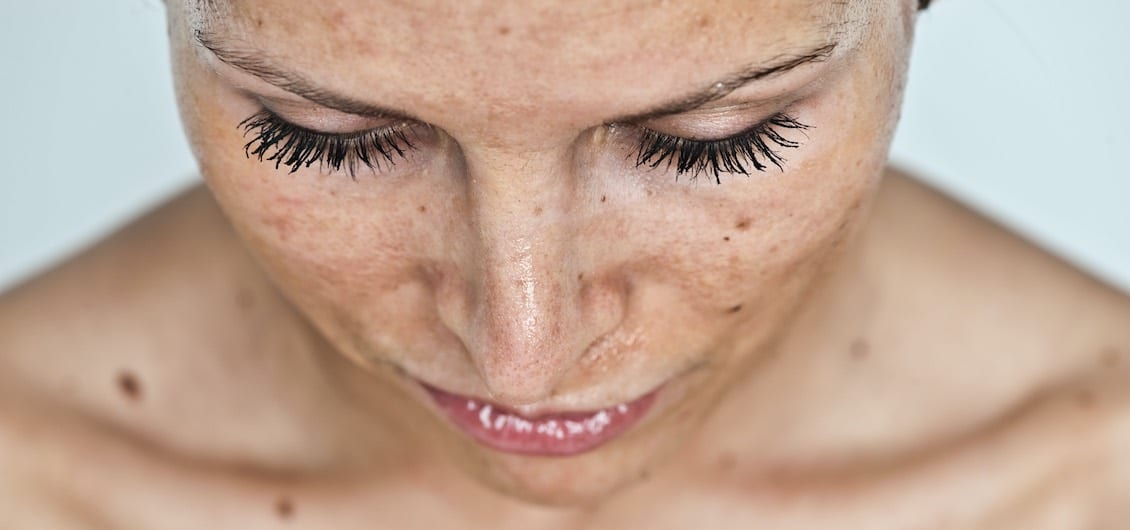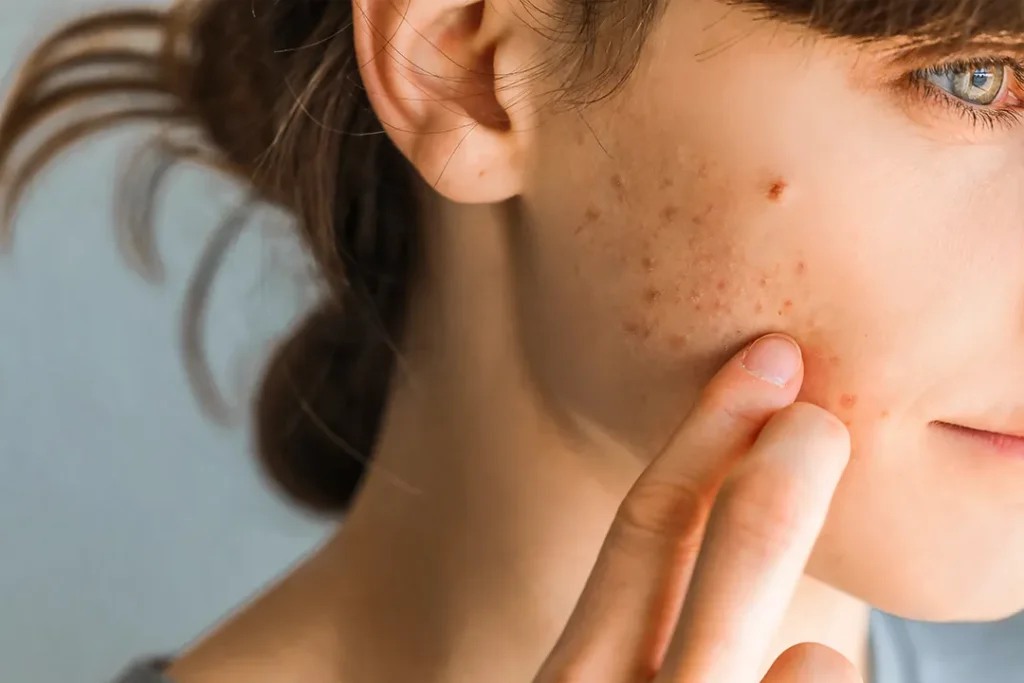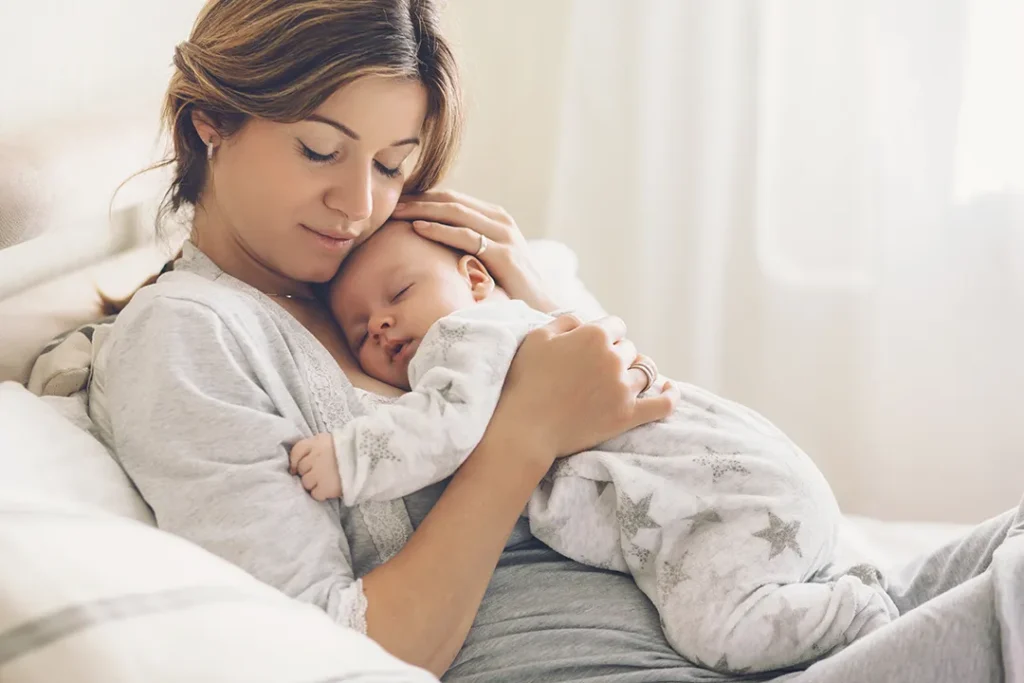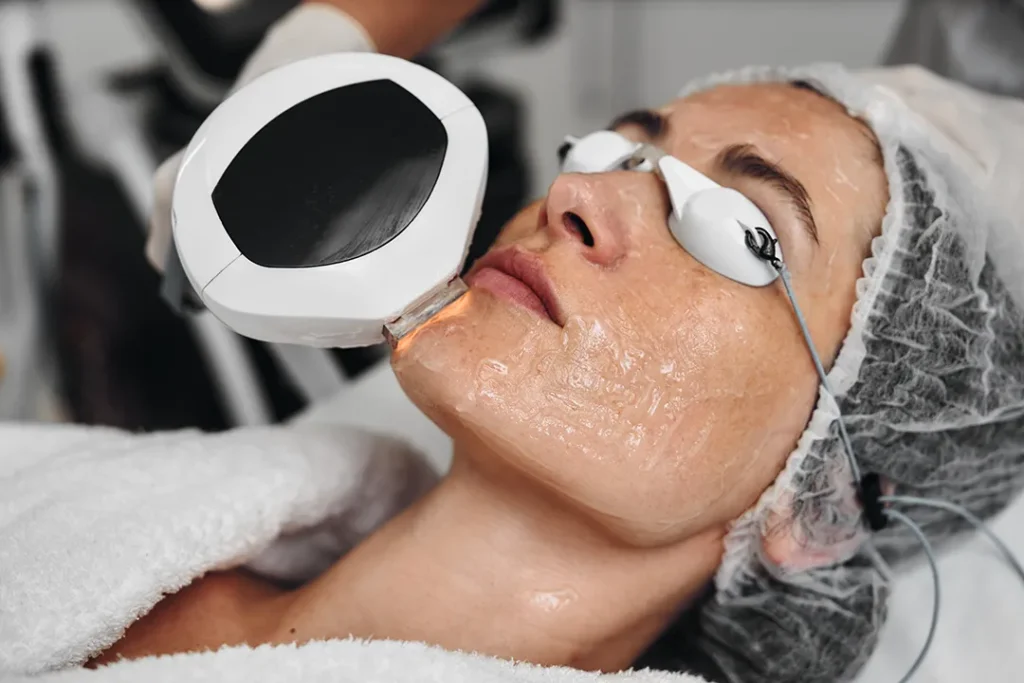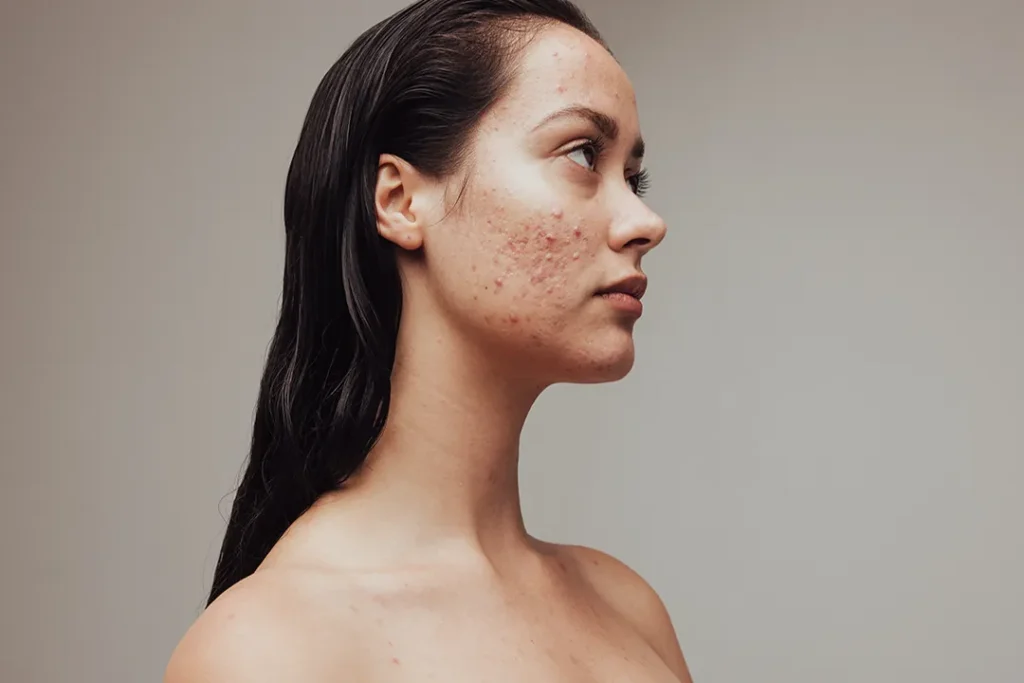Risky Business: Who Is Most Likely to Sunburn?
If you’re an Australian, you’re probably getting too much sun. Our summer sun is particularly fierce, delivering 7% more damaging rays than Europe gets during a comparable period. (The reason has to do with the Earth’s orbit). When you factor in Australia’s cleaner atmospheric conditions, experts say that
• Australians are exposed to up to 15% more UV than Europeans
Compounding the problem is damage to the Earth’s ozone layer in Antarctica. “Holes in the ozone make it less successful in filtering out UV rays,” says Dr Austin. “This increases the risk of sun damage to the skin.” The Cancer Council of Australia reports that one in eight adults is sunburned on the average weekend.
Sunburn can typically occur in as little as 15 minutes in Australia whether you’re walking down the street on a cloudy day or lounging on the beach under bright sunshine. “Water is no protection against the sun either,” notes Dr Austin. “UV rays pass through water easily, so you’re still at risk when you’re swimming in the sea or a pool.”
Age is the “strongest predictor of sunburn,” according to the study of Frequency of Sunburn in Queensland Adults. Compared to seniors, adults between the ages of 35 and 44 are five times more likely to report being sunburned. For younger Queenslanders, aged 18-24, the risk is even greater. They are seven times as likely to be sunburned as people over 65.
Lighten Up: Correct Pigment Problems Caused by the Sun
A chief complaint among many sun-loving Australians is the dark spots that discolour facial and body skin. “Once these spots develop, you must be twice as careful,” says Dr Austin. “Additional sun exposure can exacerbate the problem and make existing age spots, melasma and post-inflammatory hyperpigmentation spots even darker.” Interestingly, the same UV rays that darken your skin can lighten it, too. “A condition called vitiligo causes white patches to develop on your skin,” explains Dr Austin.
Both hyperpigmentation and vitiligo can be treated with light therapy. Each session lasts approximately thirty minutes. Light therapy is non-invasive, though the treatment may cause temporary swelling and/or skin reddening. “Most patients require two to five treatment sessions with a three to four-week interval between treatments,” reports Dr Austin. “The majority are able to return to their daily activities, making light therapy an especially popular lunchtime facial rejuvenation treatment.”
Other options to treat hyperpigmentation at Austin Clinic include:
- Chemical peels
- Laser peels
- Micro peels
If you’ve suffered sunburn, skin beauty is just one concern you should have. Skin health is the other and it’s important you schedule a skin cancer check. “Two in three Australians are diagnosed with skin cancer by the time they’re aged 70,” reports Dr Austin. “The good news is that early detection and successful treatment go hand in hand.”If you’d like more information about ways to prevent sunburn, treat its after-effects and keep your skin looking lovelier longer, please contact us.
